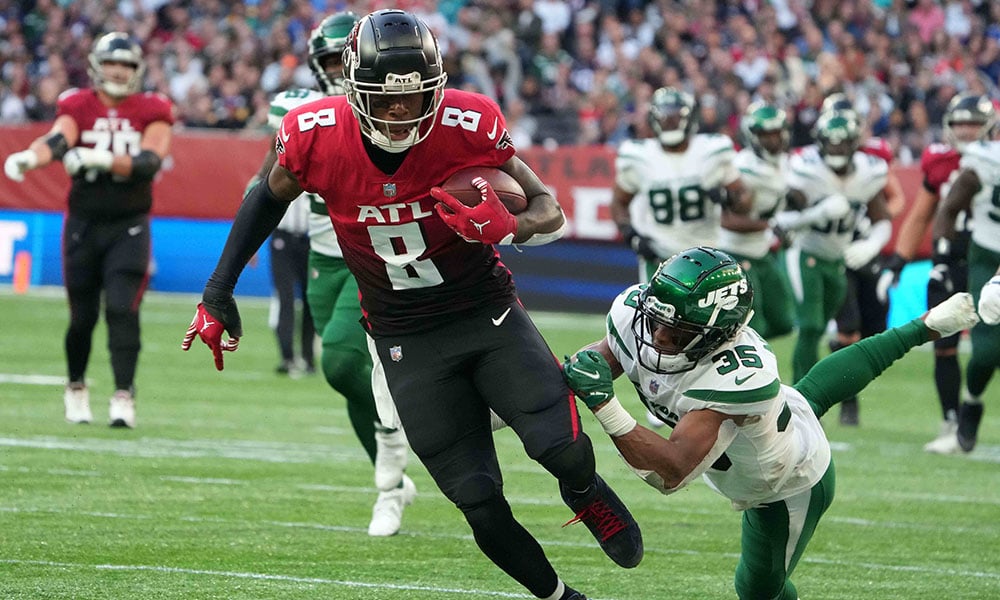The Titans have signed wide receiver Tyler Boyd.
Read more
We break down the tight end position in depth. How much of an impact does scoring have and which players should you target?
Gain Instant Access to this resource and so much more!.
Premium membership provides access to all of our industry-leading dynasty fantasy football content.
You can also get a DLF Premium Membership for FREE! Find out how.
Want more info about DLF Premium? Find out more
Have questions or need some help? Contact Us
Already a DLF Premium Member? Log in now!


Select your favorite players for easy access to news and updates.
The Titans have signed wide receiver Tyler Boyd.
Read moreThe Las Vegas Raiders have signed veteran wide receiver Jalen Guyton.
Read moreThe Carolina Panthers are signing running back Rashaad Penny.
Read moreThe Miami Dolphins have signed wide receiver Odell Beckham, Jr.
Read moreThe Buffalo Bills have signed wide receiver Chase Claypool.
Read moreThe Steelers have declined the fifth-year option on running back Najee Harris.
Read more



We break down the tight end position in depth. How much of an impact does scoring have and which players should you target?
Gain Instant Access to this resource and so much more!.
Premium membership provides access to all of our industry-leading dynasty fantasy football content.
You can also get a DLF Premium Membership for FREE! Find out how.
Want more info about DLF Premium? Find out more
Have questions or need some help? Contact Us
Already a DLF Premium Member? Log in now!